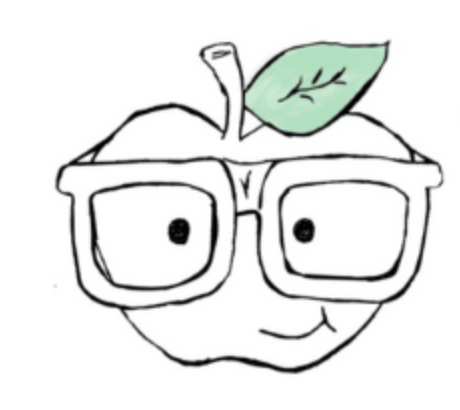If you're struggling with De Quervain's tenosynovitis and traditional thumb-focused treatments haven't provided lasting relief, you might be missing a crucial piece of the puzzle. According to Australian physiotherapist Grant Frost, the root cause of many thumb pain cases may actually lie hidden in your neck.
Why Your Neck Might Be Causing Your Thumb Pain
Most healthcare providers approach De Quervain's as a localised thumb problem, typically attributing it to overuse activities like computer work, mouse use, or repetitive hand movements. While these factors may contribute, they don't explain why some people develop symptoms while others performing similar activities don't.
As Grant explains in the video above, "Movement, use, and activity are normal. If you want to get better at something, the research is pretty clear that the more you practice, the more you do it, the better your body gets at doing that thing."
The missing link? Hidden neck dysfunction that sets your thumb up to fail when exposed to normal use patterns.
The Nerve Connection Between Neck and Thumb
The nerves that control sensation and movement in your thumb originate from the lower part of your neck. When stiffness, tightness, or restrictions develop in this area, it may compromise the function of the thumb tendons, making them more vulnerable to irritation and dysfunction.
This may explain why focusing solely on the thumb often leads to temporary relief at best, with symptoms frequently returning once you resume normal activities.
A Simple Test to Check for Neck Involvement
Home Assessment Steps:
- First, establish your baseline symptoms by performing a movement that typically triggers your thumb pain (like the Finkelstein test, where you tuck your thumb into a fist and gently bend your wrist away from your thumb)
- Note how the movement feels - pain level, stiffness, etc.
- Then, using a tennis or lacrosse ball, gently explore the joints at the base of your neck, looking for areas that feel stiffer, tighter, or more restricted compared to the opposite side
- After spending a minute or two working on these restricted areas, retest your thumb movement
Many people experience immediate improvement in their thumb symptoms after addressing neck restrictions - often without directly touching their thumb at all.
Why Your Neck Becomes Dysfunctional
According to Grant, the positions we maintain throughout the day - particularly those involving looking down at phones, computers, or other tasks - create sustained stress on specific areas of the neck. Over time, this may lead to stiffness and dysfunction in the very areas that supply function to the thumb.
Key Insight: "It may actually have less to do with the constant hand and finger movements that you do, which again are normal, but it may actually have more to do with the neck positions and shapes that you're in while you're doing those repetitive hand movements."
Watch the Full Demonstration
In the video at the top of this post, Grant Frost provides a complete demonstration of:
- Exactly how to position the ball to target relevant neck structures
- What to feel for when assessing your neck
- How to interpret your results
- Additional massage techniques for immediate symptom relief (for channel members)
This neck-focused approach to De Quervain's tenosynovitis represents a paradigm shift in understanding and treating this common condition. By addressing the potential root cause in the neck rather than just managing symptoms in the thumb, many people find more complete and lasting relief.
Have you tried neck-focused approaches for your thumb pain? Share your experience in the YouTube comments below the video!


